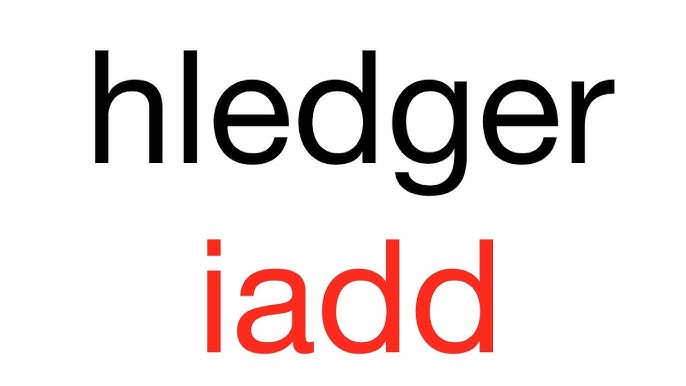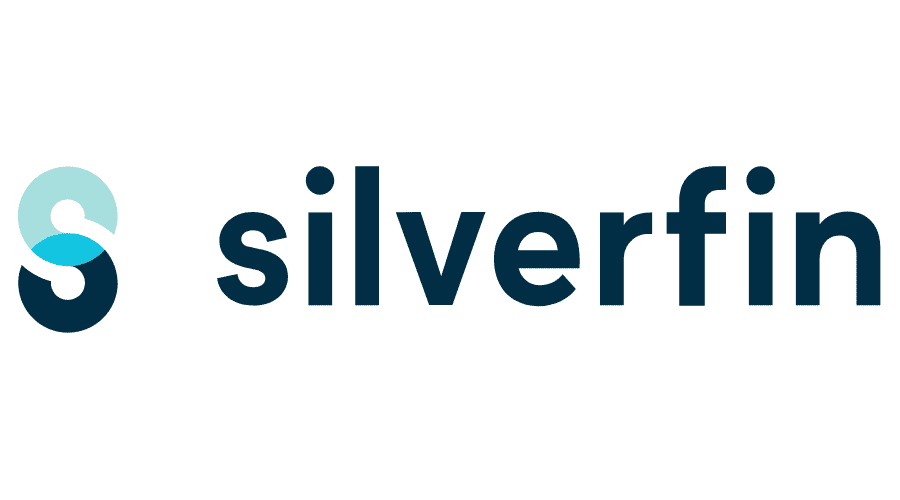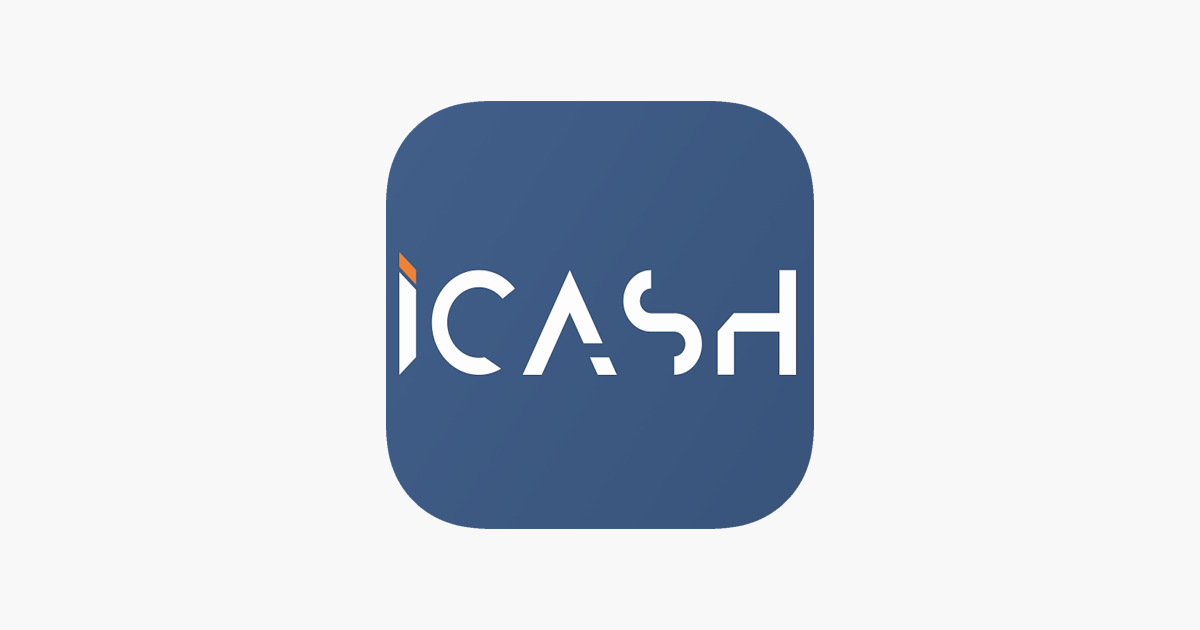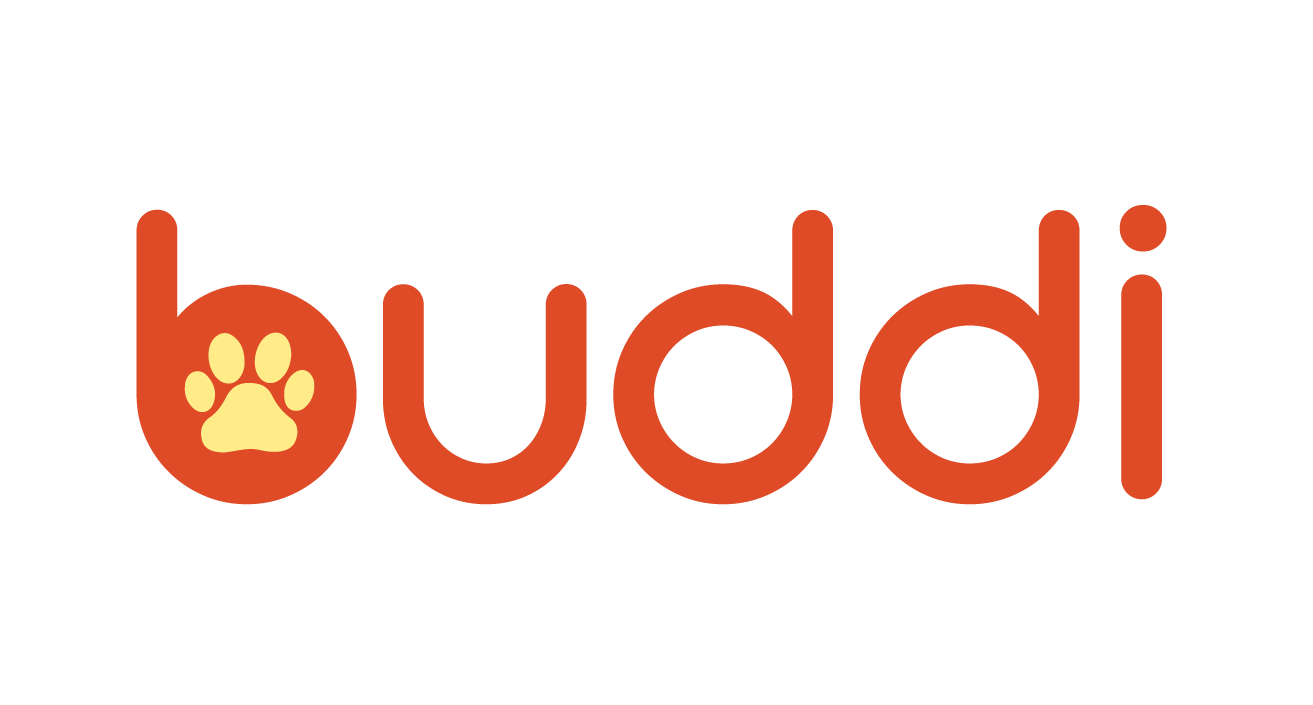KMyMoney (Windows port)
From Linux roots to Windows desktops
KMyMoney was originally written for the KDE desktop, a project born in the Linux world. Over the years, it gained a reputation as a reliable open-source finance manager, and eventually a Windows port appeared. Thanks to that effort, the program reached a much wider audience. It keeps the strengths of the Linux version — structured data, careful accounting, stability — but makes them available on a platform many home users and freelancers rely on.
Everyday use
The backbone of KMyMoney is double-entry bookkeeping. For some, that sounds too formal, but in reality it’s a safety net: money moving in or out always balances against a category or account. The software supports checking and savings accounts, loans, credit cards, even investments. Transactions can be scheduled in advance, tagged, and later pulled into detailed reports. Bank statements in QIF, OFX, or CSV formats drop straight in, so reconciling doesn’t become a weekend project.
What makes it different
Unlike lightweight budget apps, KMyMoney leans closer to a real accounting package. It produces balance sheets, helps track long-term assets, and lets users reconcile accounts in a structured way. For those who want accurate records stretching over many years — not just a casual monthly budget — it feels dependable. The Windows port delivers all of this without cutting corners.
Key details at a glance
| Category | Information |
| Purpose | Personal and small-business finance |
| Platforms | Windows (community port), Linux (native), macOS (community builds) |
| Data model | Double-entry ledger |
| Storage formats | XML database; imports QIF, OFX, CSV |
| Core features | Multiple account types, budgets, scheduling, reconciliation |
| Extras | Investments, tax reports, custom reporting, balance sheets |
| License | GNU GPL (open-source) |
| Audience | Freelancers, households, small organizations |
Installation notes
On Windows, KMyMoney is distributed as a community-maintained installer. The interface, originally designed for KDE, may feel a little different outside Linux, but the functionality is unchanged. Linux distributions usually carry it in their repositories, while macOS builds are less official and often community-provided.
Real-world scenarios
– A household records routine expenses but also keeps tabs on long-term savings and loan payments.
– Freelancers manage both client invoices and private accounts under one file.
– Small associations use it as a no-cost alternative to commercial bookkeeping software.
Trade-offs
Because the Windows build is a port, updates can arrive later than on Linux. The interface is fairly traditional, more like a classic desktop program than a modern mobile app. It doesn’t come with built-in cloud sync or official mobile versions. For some users that feels like a gap; for others it’s simply part of the control that desktop software offers.
Bottom line
KMyMoney is not the lightest option, and not the most polished either, but it remains one of the few open-source finance managers that combine accuracy with a long track record. The Windows port makes it accessible beyond Linux, and for users who value structured bookkeeping over visual gloss, it has proven to be a dependable companion.







